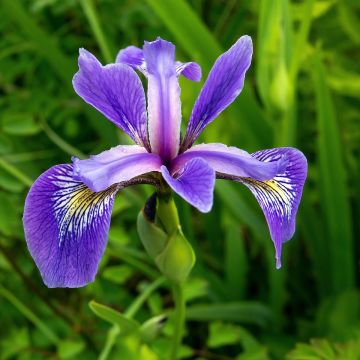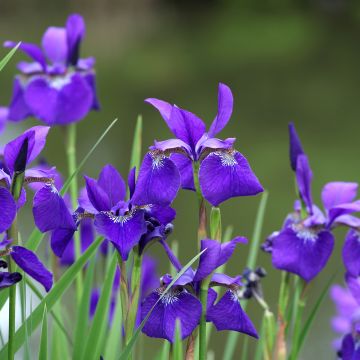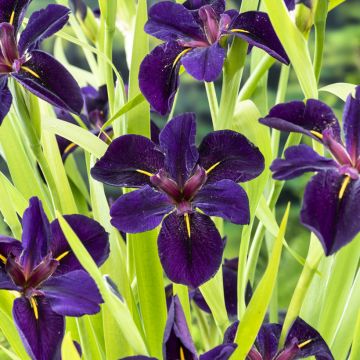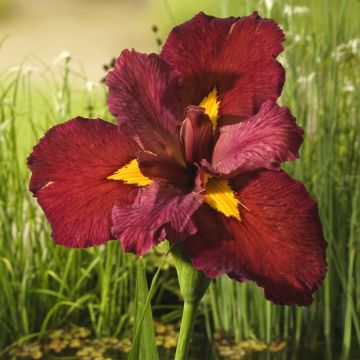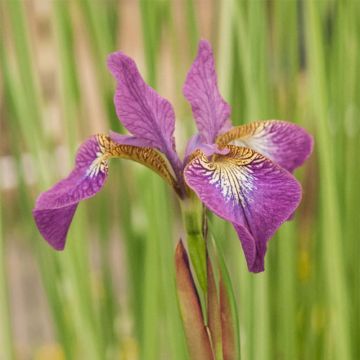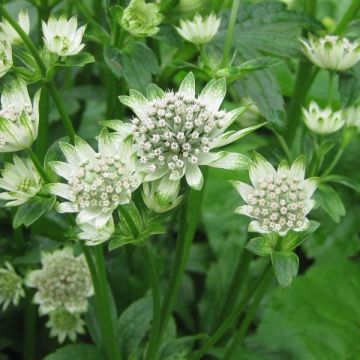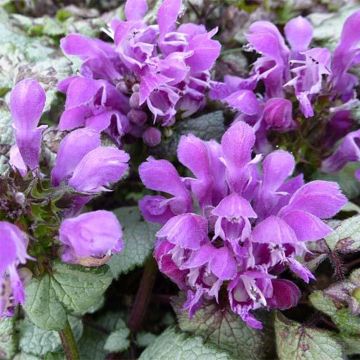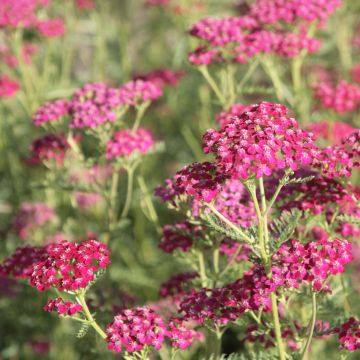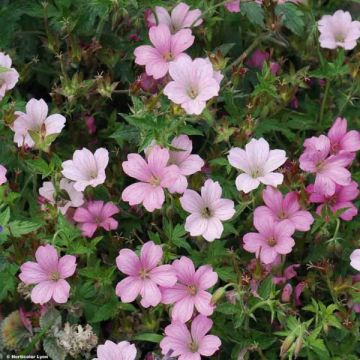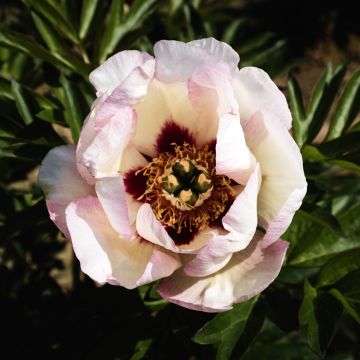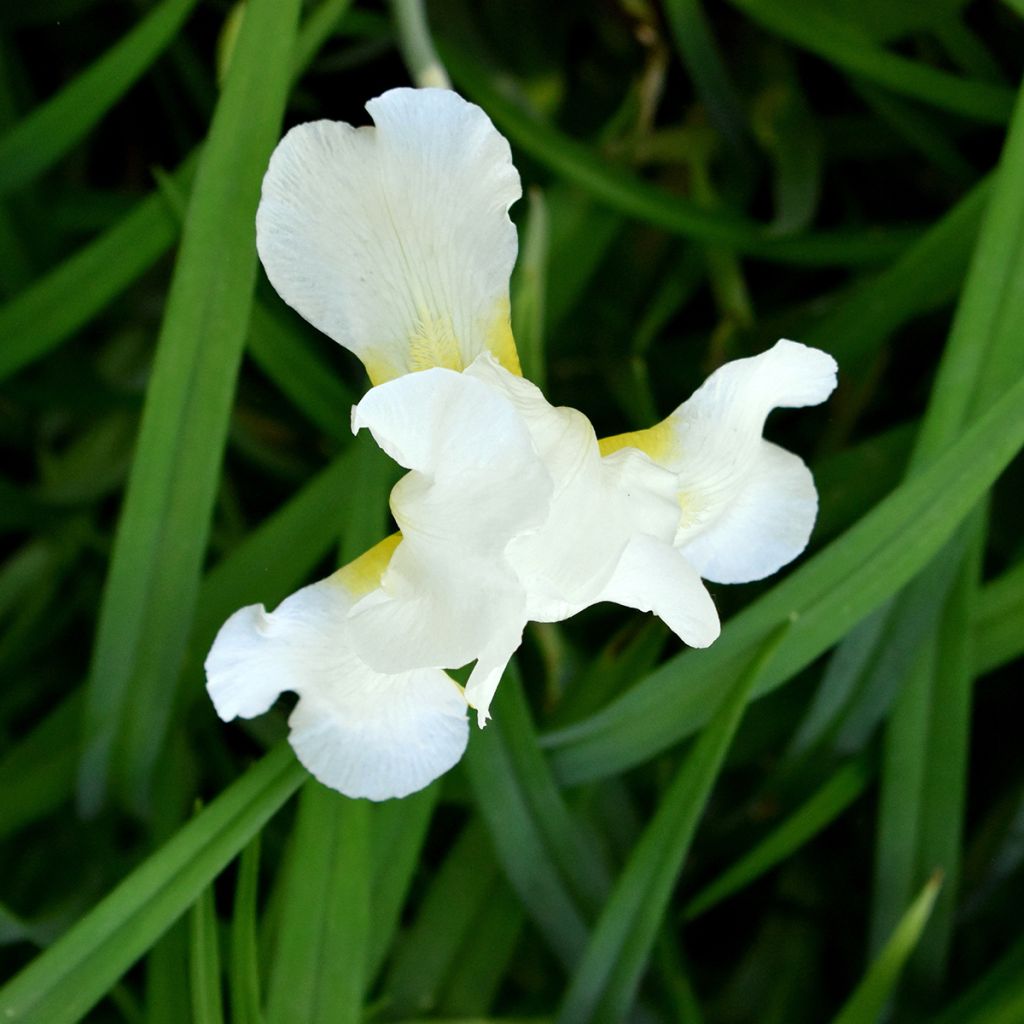

Iris sibirica Chartreuse Bounty - Siberian Iris
Iris sibirica Chartreuse Bounty - Siberian Iris
Iris sibirica Chartreuse Bounty
Siberian Iris, Siberian Flag
Special offer!
Receive a €20 voucher for any order over €90 (excluding delivery costs, credit notes, and plastic-free options)!
1- Add your favorite plants to your cart.
2- Once you have reached €90, confirm your order (you can even choose the delivery date!).
3- As soon as your order is shipped, you will receive an email containing your voucher code, valid for 3 months (90 days).
Your voucher is unique and can only be used once, for any order with a minimum value of €20, excluding delivery costs.
Can be combined with other current offers, non-divisible and non-refundable.
Home or relay delivery (depending on size and destination)
Schedule delivery date,
and select date in basket
This plant carries a 12 months recovery warranty
More information
We guarantee the quality of our plants for a full growing cycle, and will replace at our expense any plant that fails to recover under normal climatic and planting conditions.
Would this plant suit my garden?
Set up your Plantfit profile →
Description
Iris siberica 'Chartreuse Bounty' owes its name to its large spring flowers, which are both white and chartreuse, a particularly invigorating yellow-green. Enhance your flower beds, borders, and water features with this bright variety. Siberian irises adapt to any soil that is not too dry, with a preference for moist to wet soils. They are also easy to grow.
Iris sibirica is a rhizomatous perennial plant from the Iridaceae family. In its natural state, this deciduous plant grows on heathlands and moist meadows in central and eastern Europe, northeastern Turkey, and Russia. In France, it is considered an endangered and protected species. The varieties offered are mainly the result of hybridisation between I. sibirica and I. sanguinea. Their flowers are usually larger and display a great diversity of colours.
Iris sibirica 'Chartreuse Bounty' was obtained in 1883 by Curruer McEwen. This robust perennial forms a clump of linear, upright leaves, about 50 to 60cm (20 to 24in) tall. In May-June, bright bicoloured flowers emerge from the clump, measuring 80cm (32in) tall. The 3 sepals are cream, marbled with chartreuse, a yellow tending towards green. The 3 petals and stigmas are white. In autumn, its leaves turn yellow and dry up.
To create a mass effect, plant Iris sibirica 'Chartreuse Bounty' in groups or with other varieties with complementary colours such as Siberian iris 'Moon Silk' or 'Snow Crest'.
'Chartreuse Bounty' appreciates moist soils, making it perfect for beds with moist ground or for decorating the surroundings of your pond or water feature. In terms of soil, it adapts quite well and can even withstand drought once established. It will enhance flower beds or mixed borders in the company of other perennial plants that love moist soil. Create a white flower bed with Astilbe 'Avalanche', summer snowflake (Leucojum aestivum), and the herbaceous peony 'Duchesse de Nemours', which will create delightful spring bouquets.
Report an error about the product description
Flowering
Foliage
Plant habit
Botanical data
Iris
sibirica
Chartreuse Bounty
Iridaceae
Siberian Iris, Siberian Flag
Cultivar or hybrid
Other Siberian Iris
View all →Planting and care
Iris sibirica 'Chartreuse Bounty' appreciates rich and moist soil that is slightly acidic to neutral. In heavy soil that may become waterlogged, plant your iris on a small mound. Add a good amount of well-decomposed compost at the time of planting. If your soil is alkaline, add ericaceous soil to help acidify it. Even though the Siberian iris prefers moist soil, it can tolerate short periods of drought once established. Choose a sunny or partially shaded location. It needs its daily dose of sunlight (at least 6 hours) to flower.
As for maintenance, it is a relatively easy plant to care for. Simply cut the flower stems at the base of the clump after flowering and remove dry foliage as soon as it is no longer decorative. Cut it and leave it in place as mulch.
Planting is usually done during the dormant period, from late September to mid-April, avoiding periods of frost. In warm climates, plant as early as September, while in regions with cold winters, wait until late March or early April. In this case, your irises will only flower the following year. Plant the rhizomes at a depth of 3 to 5cm (1 to 2in). Siberian irises can remain in place without division for a good ten years. When the clump no longer flowers in the centre or forms a crown, it is time to divide. The ideal period is late winter, in February-March.
Planting period
Intended location
Care
Planting & care advice
This item has not been reviewed yet - be the first to leave a review about it.
Similar products
Haven't found what you were looking for?
Hardiness is the lowest winter temperature a plant can endure without suffering serious damage or even dying. However, hardiness is affected by location (a sheltered area, such as a patio), protection (winter cover) and soil type (hardiness is improved by well-drained soil).

Photo Sharing Terms & Conditions
In order to encourage gardeners to interact and share their experiences, Promesse de fleurs offers various media enabling content to be uploaded onto its Site - in particular via the ‘Photo sharing’ module.
The User agrees to refrain from:
- Posting any content that is illegal, prejudicial, insulting, racist, inciteful to hatred, revisionist, contrary to public decency, that infringes on privacy or on the privacy rights of third parties, in particular the publicity rights of persons and goods, intellectual property rights, or the right to privacy.
- Submitting content on behalf of a third party;
- Impersonate the identity of a third party and/or publish any personal information about a third party;
In general, the User undertakes to refrain from any unethical behaviour.
All Content (in particular text, comments, files, images, photos, videos, creative works, etc.), which may be subject to property or intellectual property rights, image or other private rights, shall remain the property of the User, subject to the limited rights granted by the terms of the licence granted by Promesse de fleurs as stated below. Users are at liberty to publish or not to publish such Content on the Site, notably via the ‘Photo Sharing’ facility, and accept that this Content shall be made public and freely accessible, notably on the Internet.
Users further acknowledge, undertake to have ,and guarantee that they hold all necessary rights and permissions to publish such material on the Site, in particular with regard to the legislation in force pertaining to any privacy, property, intellectual property, image, or contractual rights, or rights of any other nature. By publishing such Content on the Site, Users acknowledge accepting full liability as publishers of the Content within the meaning of the law, and grant Promesse de fleurs, free of charge, an inclusive, worldwide licence for the said Content for the entire duration of its publication, including all reproduction, representation, up/downloading, displaying, performing, transmission, and storage rights.
Users also grant permission for their name to be linked to the Content and accept that this link may not always be made available.
By engaging in posting material, Users consent to their Content becoming automatically accessible on the Internet, in particular on other sites and/or blogs and/or web pages of the Promesse de fleurs site, including in particular social pages and the Promesse de fleurs catalogue.
Users may secure the removal of entrusted content free of charge by issuing a simple request via our contact form.
The flowering period indicated on our website applies to countries and regions located in USDA zone 8 (France, the United Kingdom, Ireland, the Netherlands, etc.)
It will vary according to where you live:
- In zones 9 to 10 (Italy, Spain, Greece, etc.), flowering will occur about 2 to 4 weeks earlier.
- In zones 6 to 7 (Germany, Poland, Slovenia, and lower mountainous regions), flowering will be delayed by 2 to 3 weeks.
- In zone 5 (Central Europe, Scandinavia), blooming will be delayed by 3 to 5 weeks.
In temperate climates, pruning of spring-flowering shrubs (forsythia, spireas, etc.) should be done just after flowering.
Pruning of summer-flowering shrubs (Indian Lilac, Perovskia, etc.) can be done in winter or spring.
In cold regions as well as with frost-sensitive plants, avoid pruning too early when severe frosts may still occur.
The planting period indicated on our website applies to countries and regions located in USDA zone 8 (France, United Kingdom, Ireland, Netherlands).
It will vary according to where you live:
- In Mediterranean zones (Marseille, Madrid, Milan, etc.), autumn and winter are the best planting periods.
- In continental zones (Strasbourg, Munich, Vienna, etc.), delay planting by 2 to 3 weeks in spring and bring it forward by 2 to 4 weeks in autumn.
- In mountainous regions (the Alps, Pyrenees, Carpathians, etc.), it is best to plant in late spring (May-June) or late summer (August-September).
The harvesting period indicated on our website applies to countries and regions in USDA zone 8 (France, England, Ireland, the Netherlands).
In colder areas (Scandinavia, Poland, Austria...) fruit and vegetable harvests are likely to be delayed by 3-4 weeks.
In warmer areas (Italy, Spain, Greece, etc.), harvesting will probably take place earlier, depending on weather conditions.
The sowing periods indicated on our website apply to countries and regions within USDA Zone 8 (France, UK, Ireland, Netherlands).
In colder areas (Scandinavia, Poland, Austria...), delay any outdoor sowing by 3-4 weeks, or sow under glass.
In warmer climes (Italy, Spain, Greece, etc.), bring outdoor sowing forward by a few weeks.






























